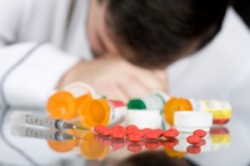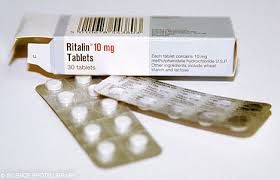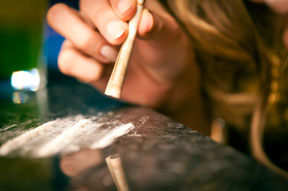Which Types of Stimulants are the Most Dangerous
Stimulants are drugs that increase the body’s processes and the mind’s activities. They can be helpful for individuals suffering from ADHD, narcolepsy, and, sometimes, depression. However, stimulants can be very dangerous and are not used to treat a wide range of conditions. As there are several different types, its best to know which are the most dangerous and why.
Stimulant Types

All stimulants must be taken carefully, if at all.
According to the DOJ, the main types of stimulants are:
Prescription stimulants:
- Amphetamine (Adderall, Dexedrine)
- Methylphenidate (Concerta, Ritalin)
Illegal stimulants:
- Methamphetamine
- Cocaine
- Methylenedioxymethamphetamine (MDMA or Ecstasy)
Diet Aids:
- “Didrex, Bontril, Preludin, Fastin, [etc.]…”
Other:
- Caffeine
- Tobacco
Stimulants are often abused in order to “produce a sense of exhilaration, enhance self esteem, improve mental and physical performance, increase activity, reduce appetite, extend wakefulness for prolonged period, and ‘get high'” (DOJ). They are all considerably addictive, especially when taken in large doses over a long period of time. Tolerance also develops quickly and, because of the way stimulants effect the brain, psychological dependency also develops.
Stimulants like diet aids, caffeine, and tobacco are not prescription-mandated and can be purchased legally and quite easily. The more dangerous of the group are the prescription and illegal stimulants.
Schedule II Stimulants
According to the DEA, most stimulants are listed under Schedule II in accordance with the Controlled Substances Act. This means that these types of stimulants have “a high potential for abuse” and can lead to dependence but also have a “currently accepted medical use in treatment in the United States.” The drugs that fall into Schedule II are often used in medical treatment but should by no means be used without the prescription of a doctor. Some of the Schedule II stimulants are:
- Amphetamine
- Cocaine
- Lisdexamfetamine
- Methylphenidate
- Methamphetamine
These stimulants are among the most dangerous when abused. They can be habit-forming and may cause extreme side effects, such as: hostility, psychosis, high body temperature, and irregular heartbeat (NIDA). High doses of these stimulants can also cause abdominal pains and vomiting and overdose, possibly resulting in “cardiovascular collapse and death” (DOJ). For most of those listed above though, there are medical uses, and they can be used safely under the careful monitoring of a doctor.
Schedule I Stimulant
MDMA is a Schedule I drug, which means it is also very addictive and has no accepted medical use in the United States. It also means that there is “a lack of accepted safety for use of the drug… under medical supervision” (DEA). MDMA works as a mild stimulant but also contains hallucinatory properties when the drug is abused in high doses. According to the NHTSA, here are some of the side effects that occur when taking high doses of MDMA:
- “Poor memory recall”
- Panic attacks
- Psychosis
- Flashbacks
- “Depersonalization due to serotonergic neuron damage”
For the most part, Schedule I and II stimulants are the most dangerous, as they all can cause overdose, withdrawal, intense cravings, and drug-seeking behavior. MDMA is especially dangerous because there is no safe way to take it. Cocaine is also extremely addictive and is used recreationally to get high, which can lead to overdose. The best way to stay safe when using medically prescribed stimulants is to follow your doctor’s dosage orders and to not abuse the drugs.



